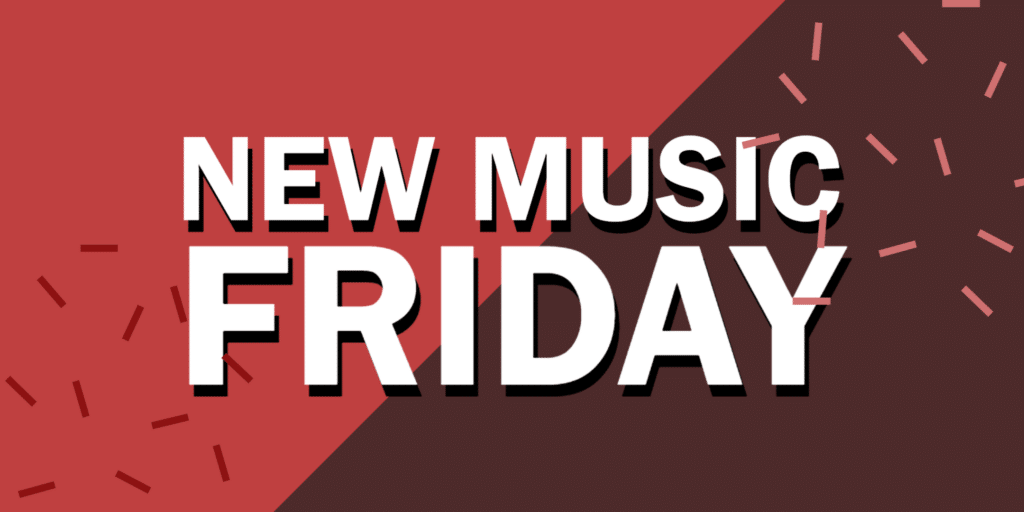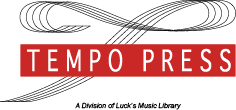
The Tango is a study in syncopation and accent. This original piece uses two themes, one in the key of F major and another in the relative minor. You can augment the overall Tango feel by using the included percussion parts for claves, bongo drums, and maracas.

The tune used in this carol is believed to have originated in Germany, possibly around 1360. This arrangement stays relatively faithful to the melody, which is presented in groups of upper strings and lower strings. All parts can be played in first position, although the cello has several measures of divisi. At the marked tempo, the piece runs about two and a half minutes.

This work is a set of brief variations based on the theme from the slow movement of Franz Joseph Haydn’s Symphony No. 101. This symphony is nicknamed “The Clock” due to the “tick-tock” effect that you will hear accompanying the theme. This work was created to be a teaching tool. Depending on what the students already were exposed to, this piece offers a chance to deal with changing time signatures, changing key signatures, changing tempi, col legno technique, subito, Grand Pause, tremolo, what are variations, what an old-fashioned mechanical clock sounds like, as well as historical information about Haydn and his symphonies.

Antonín Dvořák’s Slavonic Dances were originally composed to be played on the piano by two performers. The composer then created orchestrations for full orchestra, bringing him much recognition as a composer. This string orchestra arrangement increases the opportunities for even more performers and audiences to enjoy it.

Sunday Afternoon is a whimsical piece that appeals to all ages. Its bouncy rhythms and upbeat melodies reference the feeling of wind rushing through our hair or the laughter of family members as games are played, and memories are shared. The piece is targeted at advancing junior and intermediate string ensembles and works for young and mature players alike. One of the charms of this piece is the constant tug-of-war between triplets and the straight eighth notes. With its lilting, infectious themes, Sunday Afternoon is spirited, fun to play, and will be a favorite with audiences and players alike.

The Guadeloupean Creole composer, Joseph Bologne, Chevalier de Saint-Georges (1745-1799), led a remarkable life as not only a prolific composer but also a virtuoso violinist, music director, and conductor of a prominent Parisian symphony orchestra, military officer, and fencing champion. This arrangement of Symphony Op. 11, No. 2 includes movements II (Andante) and III (Presto). The two movements are to be performed attacca, with no pause in between. The Andante movement features a lyrical melody that is first heard in the violins and then echoed by the violas, cellos, and basses. This music was originally used as part of the overture to Bologne’s only surviving opera, L’Amant Anonyme.
The 1st violin part requires shifting as high as III position, and fingering suggestions are included. The 2nd violin part is active and requires strong players; however, there is no shifting involved. Both movements should use tapered phrasing and light, clean, off-the-string bow strokes. The cello part includes a number of viola cues that could be helpful if there is a smaller viola section in the ensemble.

In Renegade Showdown, the violins battle the low strings in an epic clash. Hear the twists and turns each side takes as they vie for the win. This piece was composed to teach students to understand regular vs. low first finger. Bass students will benefit from identifying sections that will work well in half position.

Peter Ilyich Tchaikovsky’s three masterpiece ballet scores, including Sleeping Beauty, are known for their timeless music. Only three years before the composer’s death, the ballet was first performed in 1890. The storyline for the Sleeping Beauty ballet was inspired by the Brothers Grimm adaptation of the folk tale first published in 1330. This arrangement for string orchestra captures the enduring melodies and great depth of Tchaikovsky’s geniu. Because much of Tchaikovsky’s style is not written with articulations, students will need assistance with the bow stroke in order to perform this incredible piece. This march, which follows the overture in the ballet, was renamed Aurora’s March for this arrangement.

We have something special for you this week: a preview of our upcoming 2022 titles! All these titles will be available this summer, and we will have more information on each coming soon. Aurora’s March: Prologue from Sleeping Beauty Ballet, Act I Peter Ilyich Tchaikovsky’s three masterpiece ballet scores, including Sleeping Beauty, are known for […]

Pinyon Mountain Trail references the Pinyon Pine tree which is indigenous to the southwestern parts of America. This piece was written in the summer of 2020, when many families were unable to travel and explore the great outdoors. It takes the performer and listener on a trip up a pine lined trail to enjoy the […]


